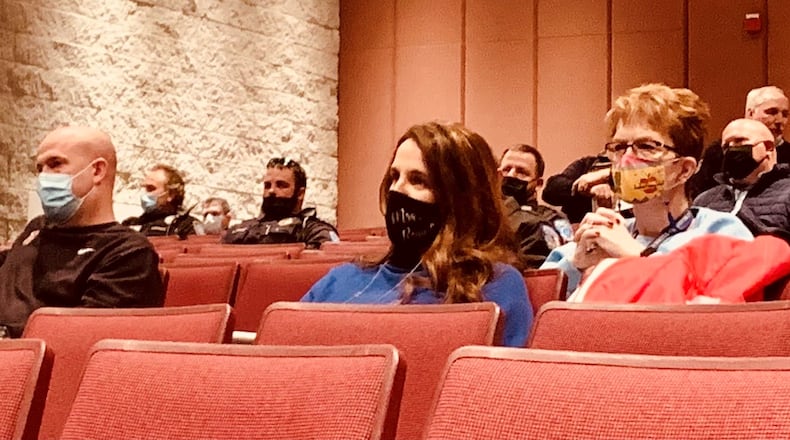“The TikTok challenge really brought to light how many of these incidents are actually happening in schools,” prosecutor Nicole Burke said.
The overwhelming majority of threats have come via social media, usually Snapchat, Twitter, or Facebook. Charges for school shooting threats range from inducing panic, making false alarms, or aggravated menacing, to lesser charges like disorderly conduct. These charges can include felonies and are often in addition to discipline imposed by schools.
“A kid may post a video of something, and he may not intend for it to go anywhere, but another kid picks it up and starts sending it everywhere. That’s what kids don’t understand, they think they can do something and take it back,” Burke said.
There are several different individual systems of monitoring for school shooting threats, but none of them are standardized across institutions. This can potentially result in gaps for school officials or law enforcement, or even institutions doubling up on interviewing a child.
While consequences are important, educators say that interventions are more effective in actually preventing violence in schools.
“Expulsion doesn’t solve the threat problem. It just takes your eyes off of them,” said Mike Higgins, director of the Miami Valley Juvenile Rehabilitation Center.
“Just like when you have kids who have to tell their story to a mental health counselor, you don’t want them telling it over and over because that can be traumatic,” said Greene County Juvenile Judge Amy Lewis. “It’s also imperative that it’s done in a timely manner.”
The court recommends bringing together law enforcement, school officials, mental health counselors, and other agencies to monitor threats. It also recommends authorities use a centralized reporting system. While schools conduct their own investigations, school resource officers often aren’t brought into the process until the end. Court officials say early police involvement has significant benefits to threat investigation: witnesses can be interviewed early and more than once, intervention for the offender can happen more quickly, and police can forward criminal charges to the prosecutor’s office.
“The monitoring piece is really what’s going to make our communities safer,” Higgins said. “We’re trying to knit together a fabric where kids don’t fall through the cracks.”
About the Author

